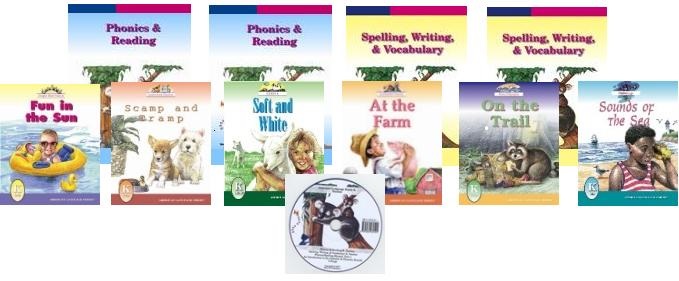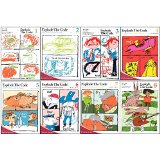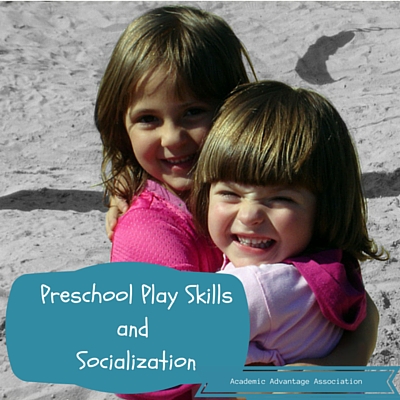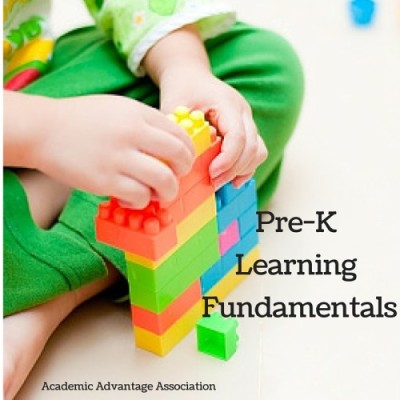One of the primary goals for 1st thru 3rd grades is learning to read. Understanding reading readiness skills will help you determine how you and your child are moving from learning to read to the goal of reading to learn.
If your Kindergartener was reading a few months in, it is especially easy to feel your work is done. However, if your 2nd grader still can’t remember the word ‘cat’ from one day to the next, it’s easy to think your work will never be done. 
Some children will be ready to read to learn vs only learning to read before 3rd grade. Others will need all three years to become confident readers. Those with significant learning issues like dyslexia or sensory processing issues may take even longer to find reading easy.
Do you know the steps to reading fluency? Understanding the readiness skills for reading will foster confidence in both you and your reader:
1) Does your child recognize upper and lower case letters (not necessarily able to write them) by name.
2) Is your child able to connect each letter with the various sounds the letters and letter combinations make?
Quick Fact:
Did you know the twenty-six letters of the English alphabet make 74 sounds! The sounds are referred to as ‘phonograms’. So, early reading instruction is often called ‘phonics’.
When I was in 1st grade, I learned the letter ‘A’ had only two sounds. You know them as the ‘short a’ in ‘cat’ and the ‘long a’ in ‘rake’. As a homeschooling mom, I learned about the 3rd phonogram for ‘A’. This sound is the ‘ah’ you hear in ‘ahhhh-chooooo!’
3) Is your child beginning to connect strings of sounds (represented by their letters) into short words?
For example, ‘c-a-t’ is ‘cat’ – the furry pet named Fluffy that purrs! This process of putting letters together to make sounds that equal words is called ‘decoding’.
4) Is your emerging reader beginning to decode words more rapidly over time? Research shows a new reader sees a word between four and fourteen times for the word to become a ‘sight word’.
Quick Fact:
A word becomes a ‘sight word’ once it is recognized without needing to be decoded. Many folks try to teach via the ‘sight word’ approach only. Slowing down and teaching all 74 phonograms results in a more solid learning foundation.
Quick Fact:
Children with dyslexia may need to see a word forty times or more to reach this type of fluent recognition of a word.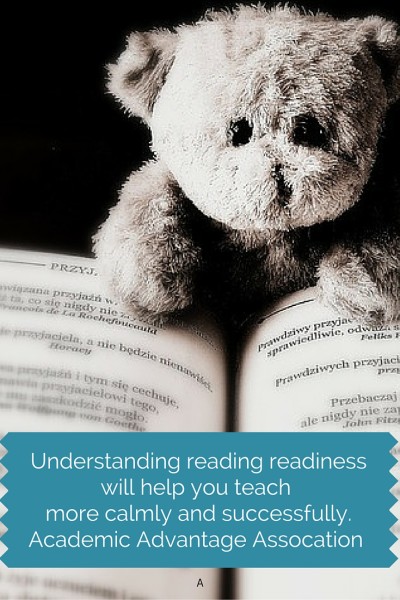
5) As your child develops fluency, is he beginning to make connections about what he is reading or ‘synthesize’ the material?
At this stage, comprehension allows for reading to learn. You will know you are reaching this pivotal point when you no longer have to read and explain directions before turning you child loose to complete assignments.
So, if you are short of breath because you are sure your child is falling behind on the reading curve, take heart. Some children unexpectedly bloom into fluid readers around the third grade because other pre-reading skills are just reaching maturity.
Remember:
Comparison robs you of peace and your child of the joy of learning. Don’t get caught in the ‘but my child is/is not doing what my friend, neighbor, or relative is doing’ trap! These years are time for gentle paces and lots of praise. You just can’t break your student as long as you instill a love of learning and pride in achievement.
Our goal is to be your soft place to fall on the days you feel anxiety is your best friend! If this article was helpful, let us know in the comments below? If we hit a nerve and you need more information or encouragement about reading skills, email us, leave a comment, or come by the store!
Some of our favorite resources for teaching reading are:
Explode the Code series beginning with Get Ready for the Code
and
